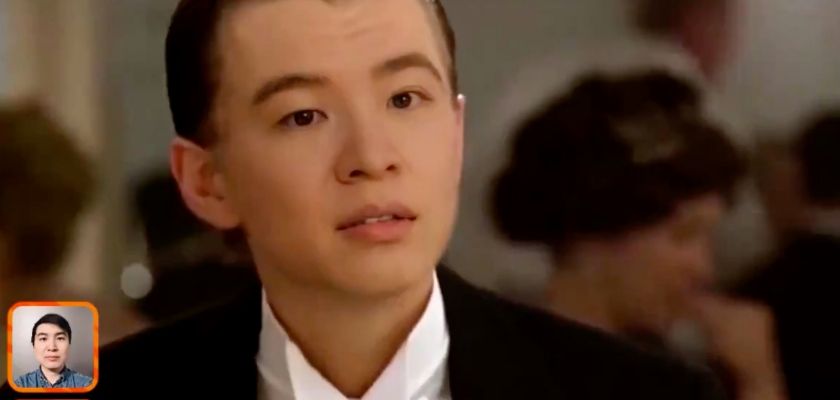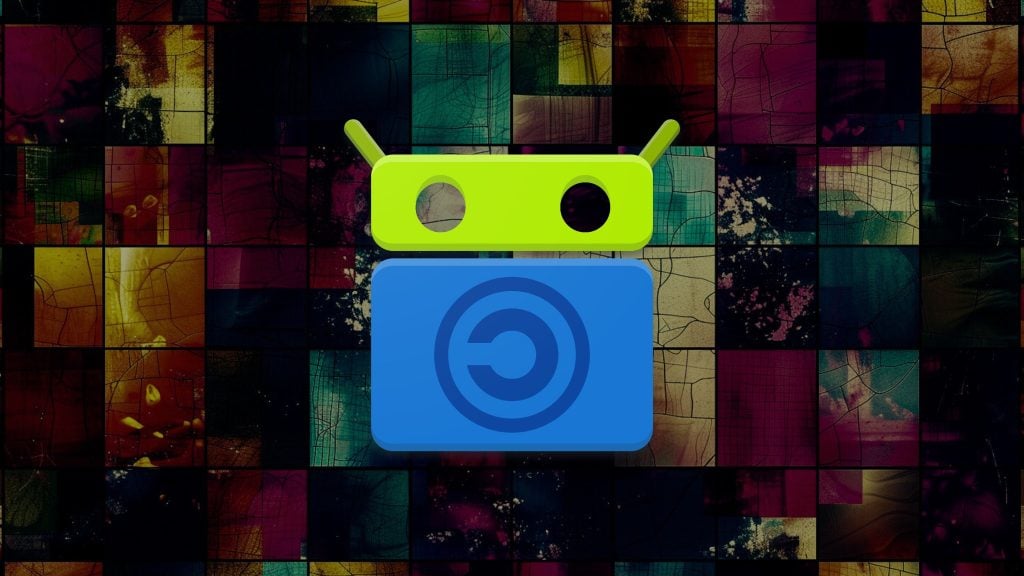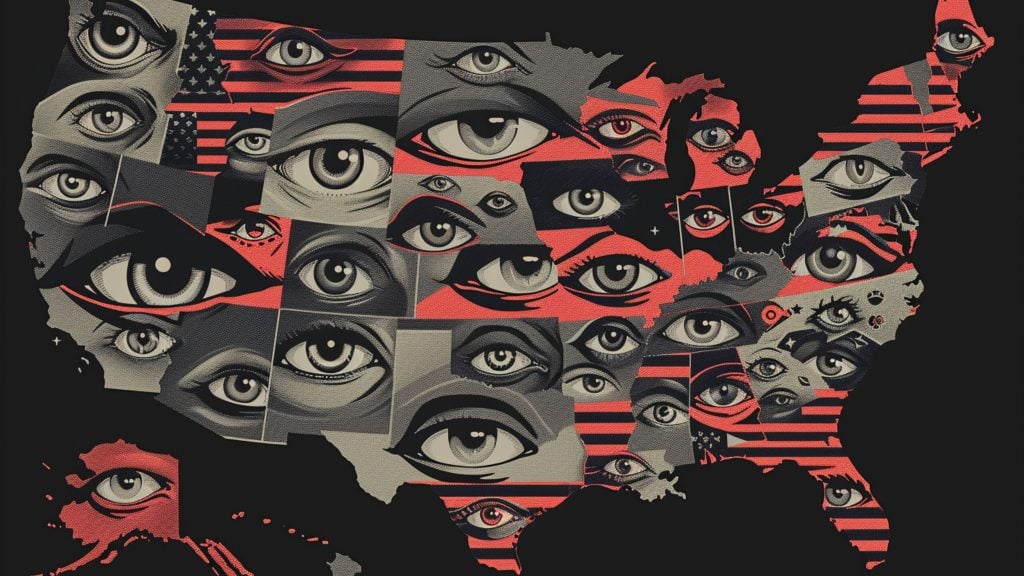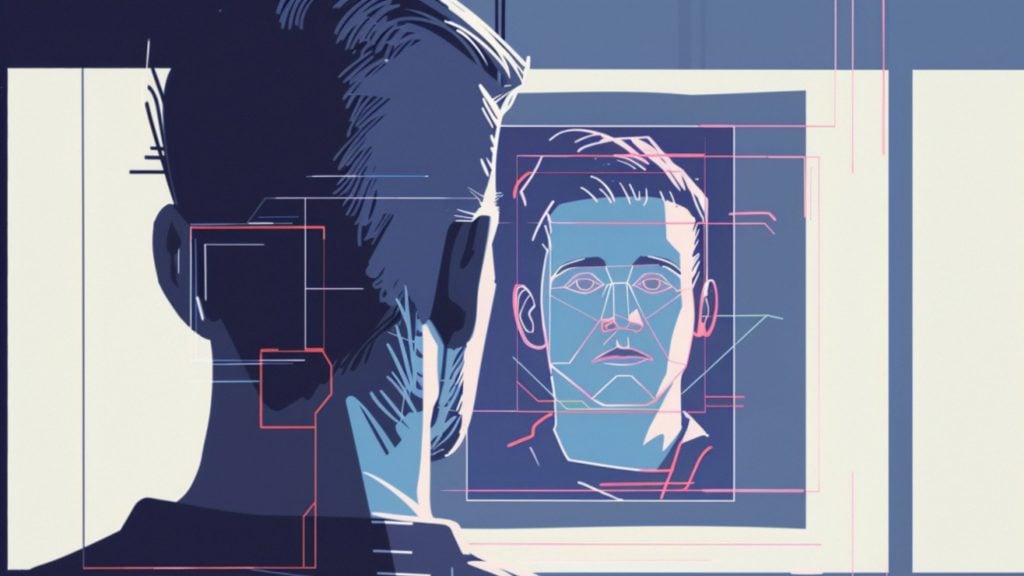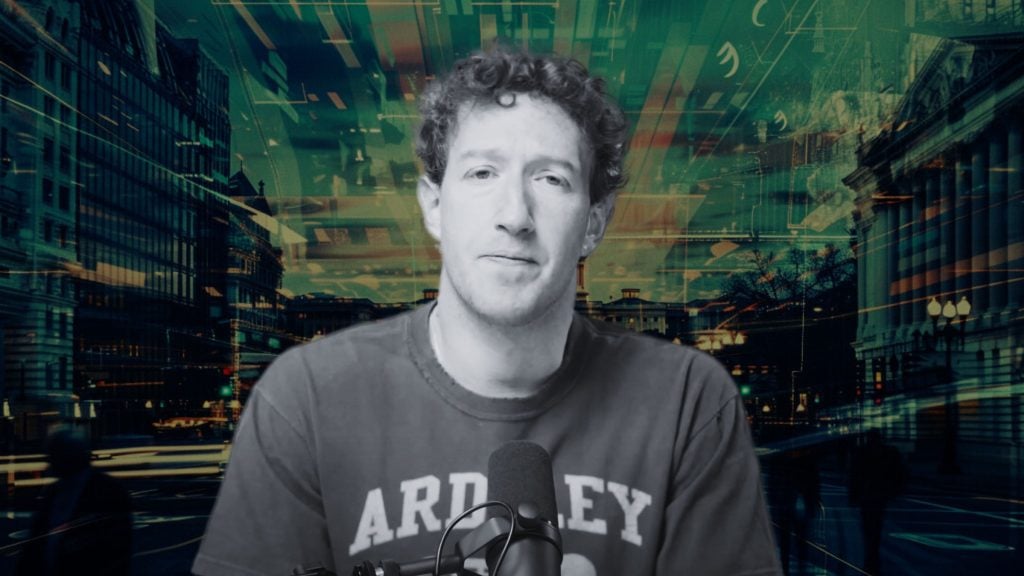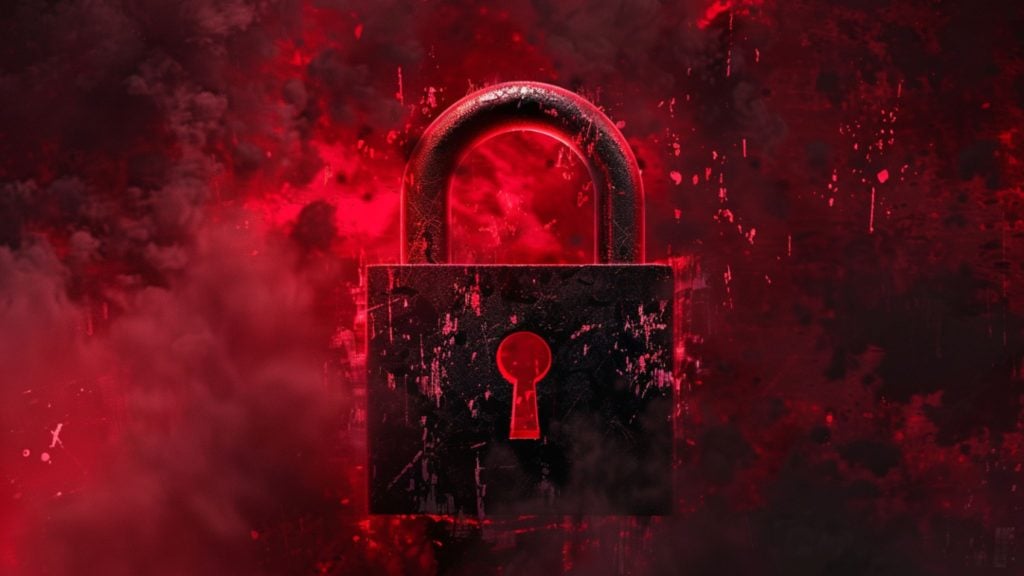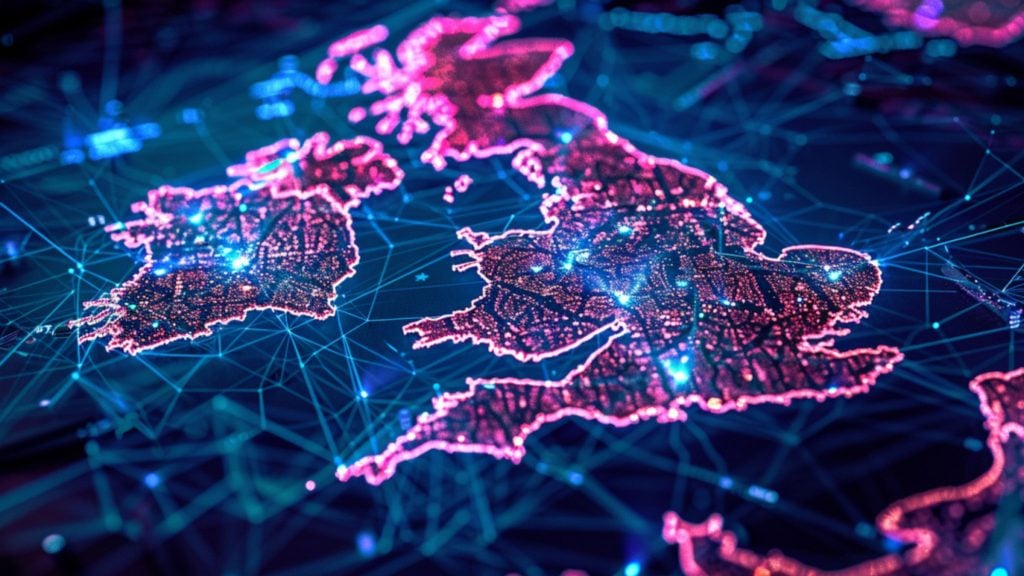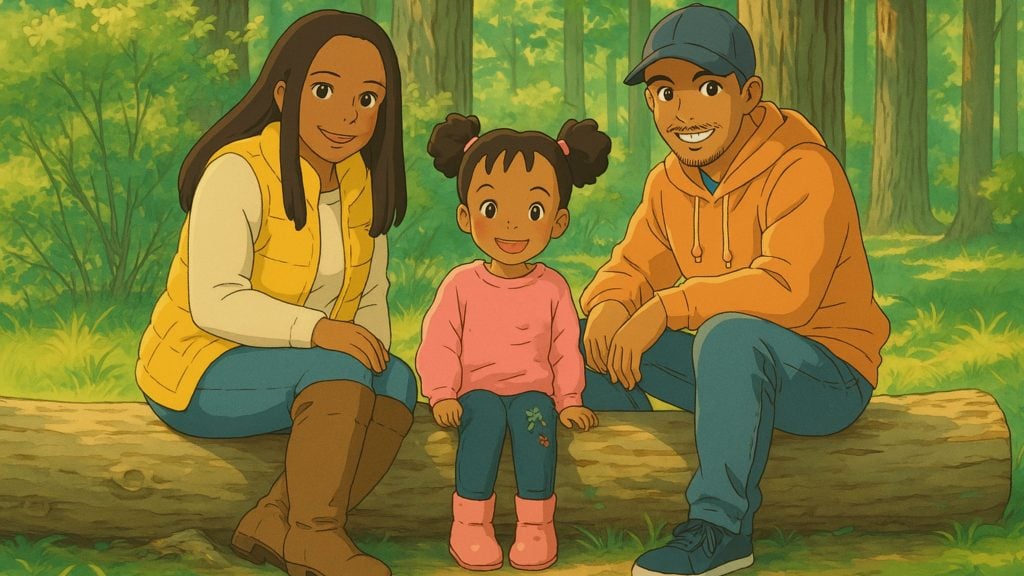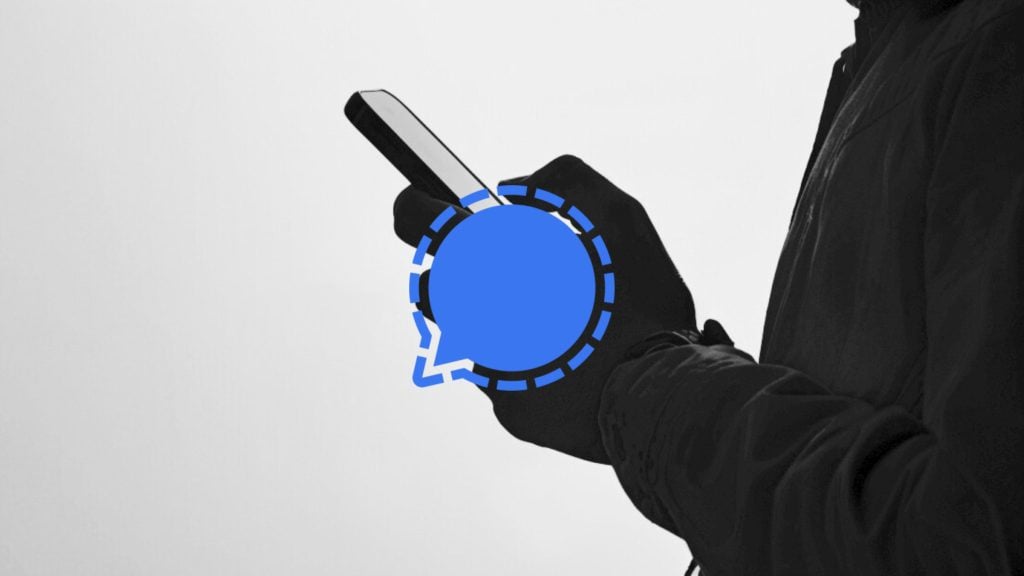A new deep fake face-swap app has gone viral in China and has been at the receiving end of widespread criticism and backlash after a potential privacy threat was revealed. Zao is a free application available in China’s iOS App Store that allows users to swap their face with the characters of TV shows and movies in several scenes by merely uploading a single facial image.
Much like the FaceApp that went viral for producing an aged version of people’s faces, it was discovered that Zao presented a potential privacy threat. A Twitter user known as Allan Xia had uploaded a video on Twitter explaining the functionalities of this application.
“In case you haven’t heard, #ZAO is a Chinese app which completely blew up since Friday. Best application of ‘Deepfake’-style AI facial replacement I’ve ever seen. Here’s an example of me as DiCaprio (generated in under 8 secs from that one photo in the thumbnail)” tweeted Xia.
https://twitter.com/AllanXia/status/1168049059413643265
In the video uploaded by Xia, one can notice Leonardo Dicaprio’s face being swapped with the Xia’s face in under eight seconds in several iconic scenes from Dicaprio’s career. It was also revealed that Zao guides users in creating a much more realistic video footage by asking them to click pictures in various angles for better output.
As of now, the app only allows users to face-swap themselves in a select few clips only. As pointed out by Xia, it is apparent that the developer had trained the algorithm(s) within the application to face-swap in a few particular clippings only.
A quick overview of Zao’s privacy policy had revealed that the developer gets a “free, irrevocable, permanent, transferable, and relicense-able” license to all the pictures uploaded by the users, as reported by Bloomberg. This revelation had resulted in a major backlash and had resulted in the company revoking the clause and stating that it shall delete all user data once the users delete the application.
The app developers further stated that they don’t preserve content with any malicious intent and that they only did so to train their algorithms.
From a point of time when it took hundreds of images to create a single realistic deepfake to creating several deepfake clips from a single photograph, the realm of deepfakes has witnessed a substantial development in the recent past.

